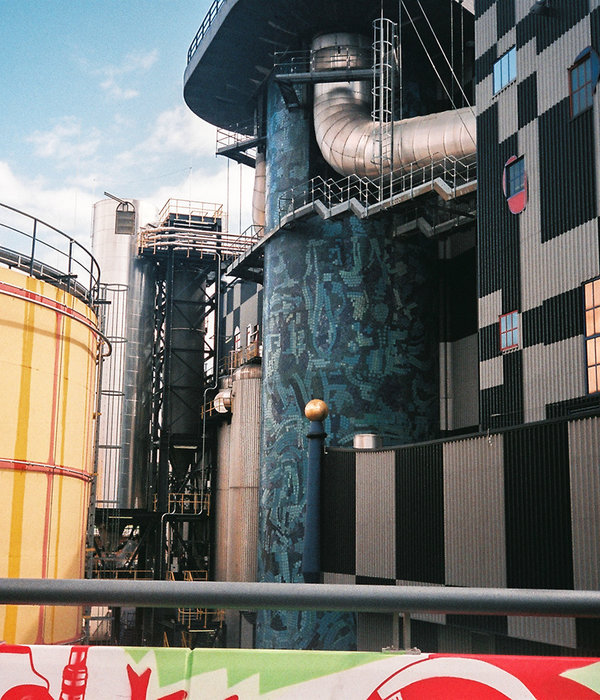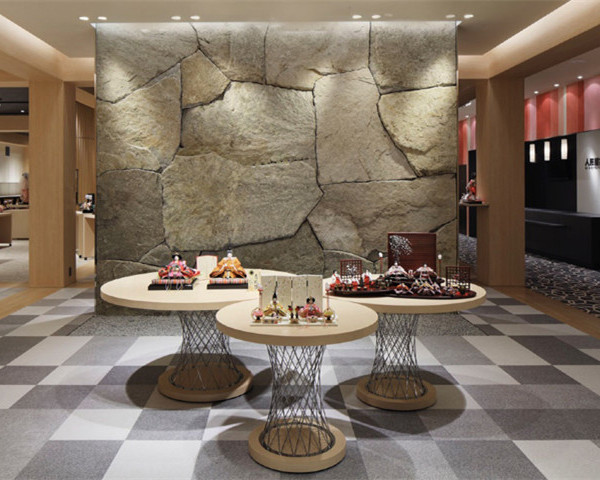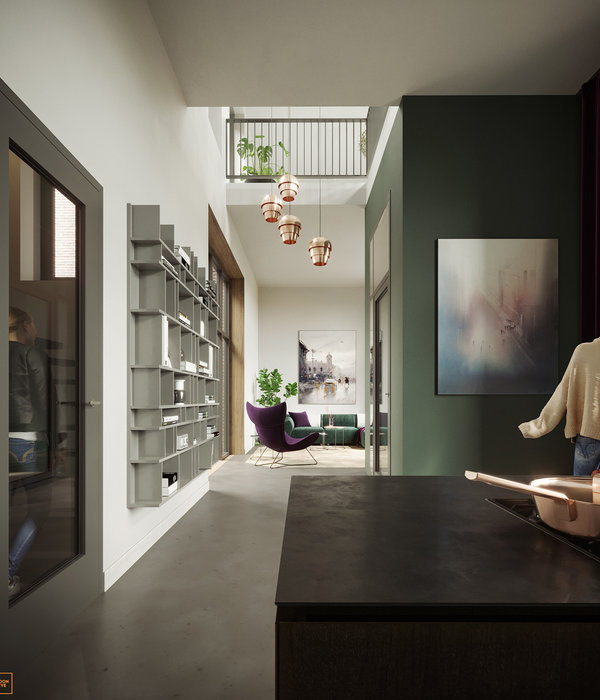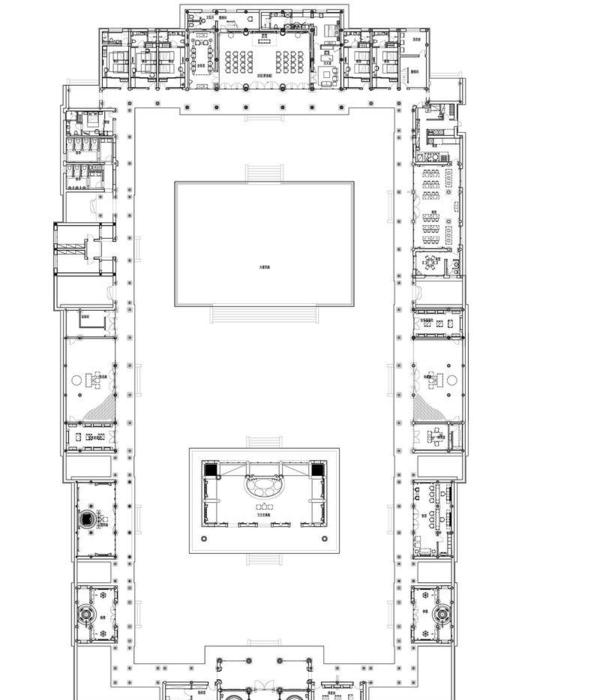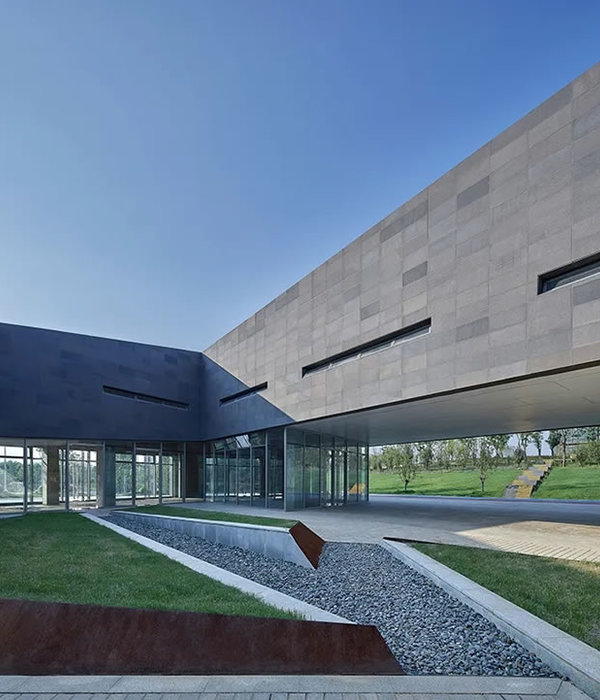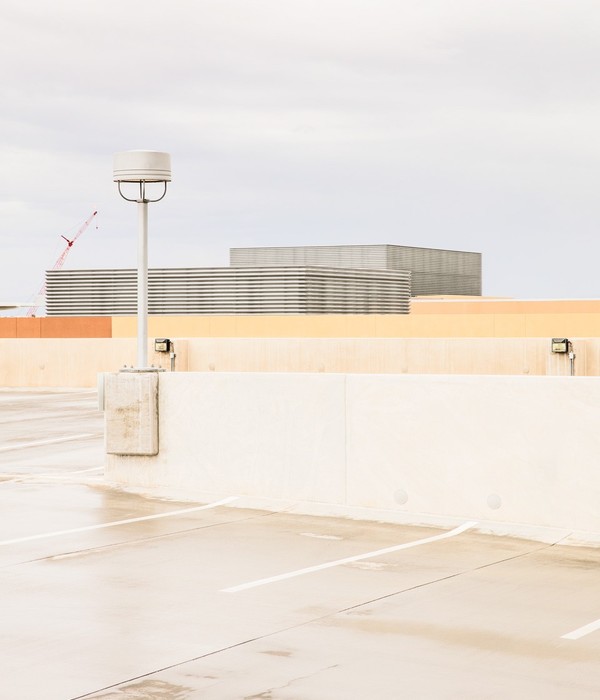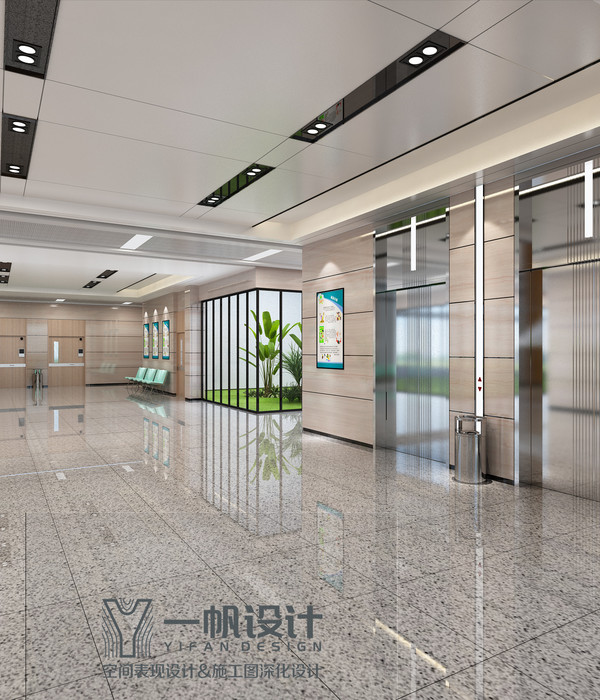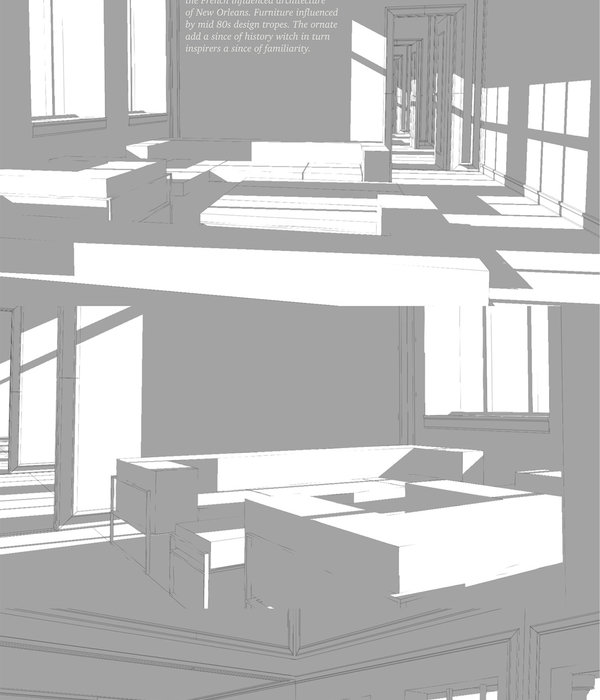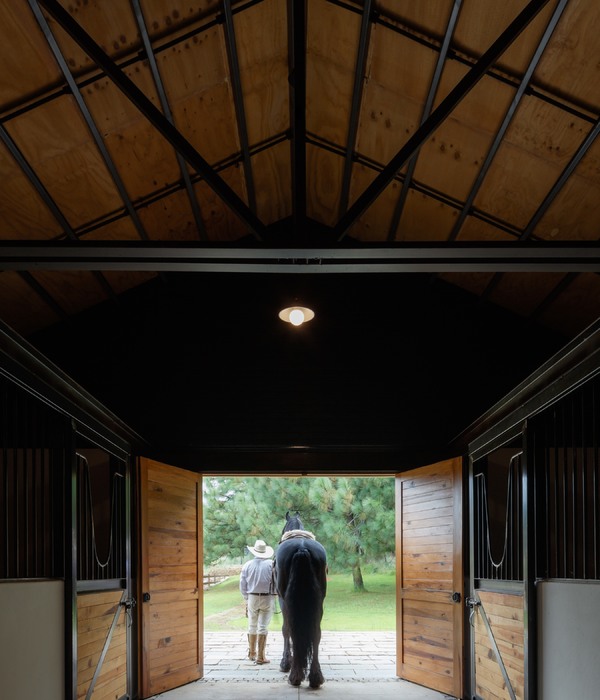In the early 1990s, Richard Leplastrier settled on the shore of Lovett Bay, the mouth of the Hawkesbury River. Describing the wonderful project, he wrote: “The house continues a history of simple living on the site, which I suspect has continued for thousands of years (...) Our family of five lives comfortably in this one room. The small room we inhabit, in turn, inhabits a greater room whose walls are cliffs and floors the tidal level of the bay that rises and falls nearly two meters every six hours.”
Atelier Hawkesbury is another small room built along the same river. Accessible by water only, the projects use a minimum amount of resources and takes advantage of the existing land. Leaning against the sandstone rocks, the lightweight structure is entirely made of 1” by 1” local wood joists and studs. The large staggered roof protects from the heavy rains while allowing the light to filter through.
Translucent polycarbonate sheets enclose the brightly lit volume while preserving a constant dialogue with the surrounding forest and changing light. The stone cliff that protected the Wannungine and the Darkinyung people for countless years invites itself inside the house and becomes simultaneously a wall and landscape.
{{item.text_origin}}



